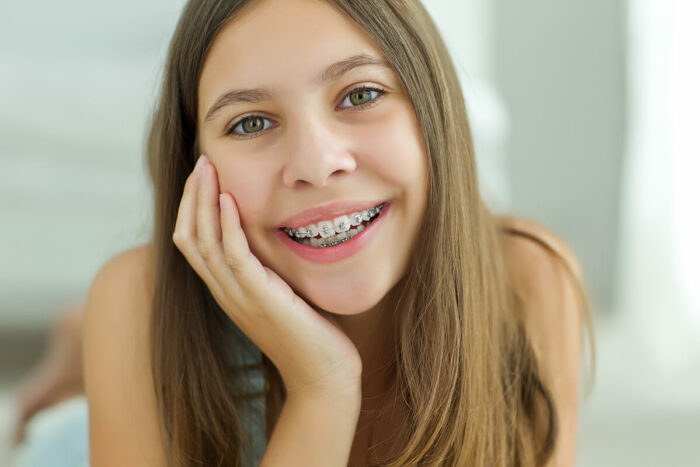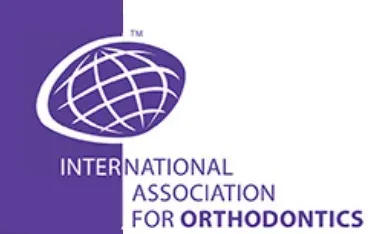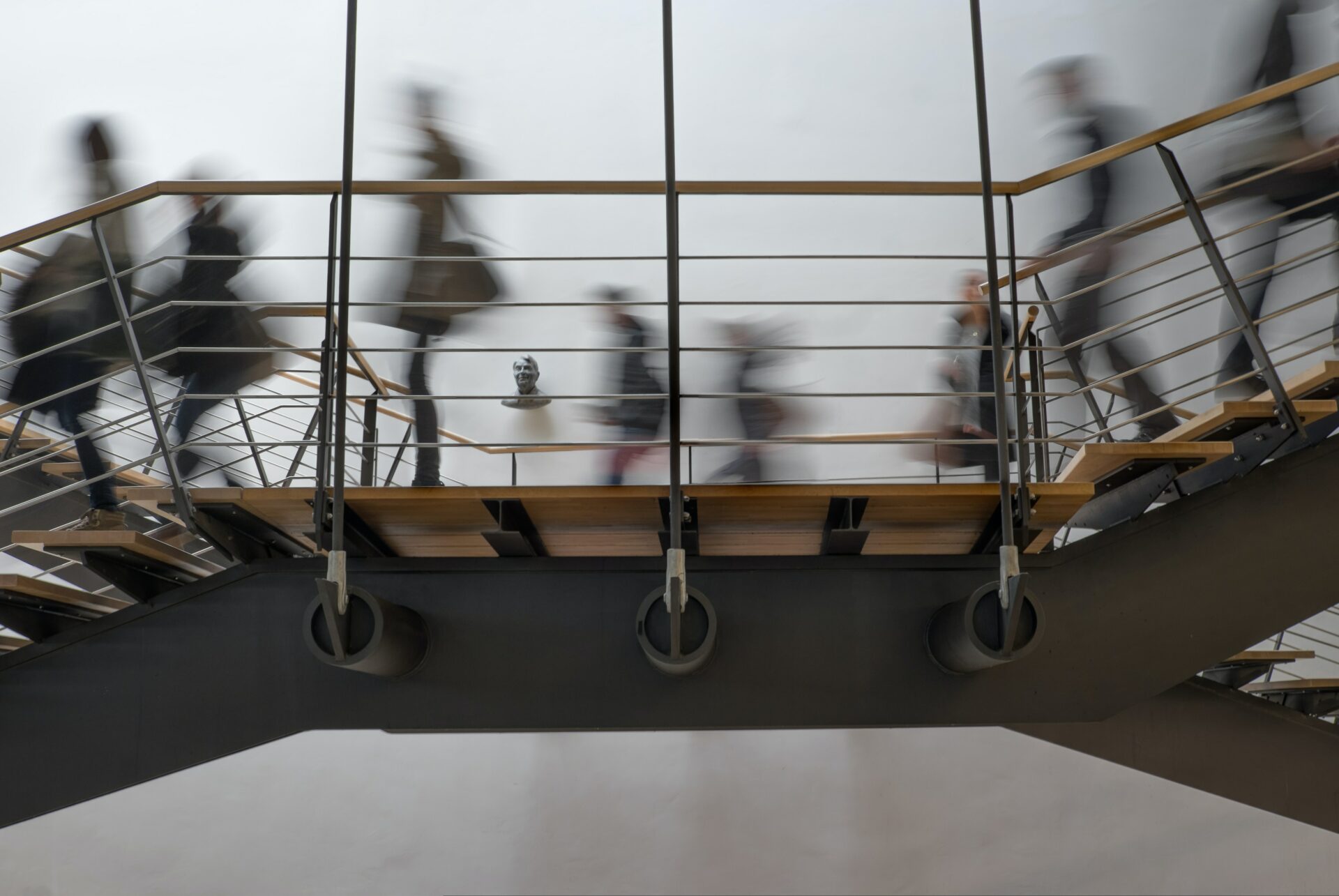Spring IJO Abstract (Click the title to read full article)
This study demonstrates the successful use of the Herbst appliance to manage class II malocclusion and related craniofacial issues. After a comprehensive assessment and appliance treatment, the patient experienced significant improvements in malocclusion, cervical dystonia, and headaches. This multi-faceted approach highlights the importance of individualized treatment planning and specialized orthodontic appliances.
Objective: This study aims to demonstrate the efficacy of the Herbst appliance in managing patients with class II malocclusion and associated craniofacial discomfort manifesting as occasional headaches and cervical dystonia. The primary objectives of this treatment include addressing malocclusion and associated symptoms while simultaneously achieving comprehensive aesthetic and functional dental rehabilitation.
Methods: A comprehensive patient assessment was conducted, including records for the patient’s bite by guiding the mandible more forward to a better physiological position as well as increasing the vertical dimension of occlusion. This record was then sent to the orthodontic lab to construct a Herbst appliance with bilateral molar bands and an occlusal rest. The appliance was subsequently cemented in the patient’s mouth. The appliance was worn by the patient for 12 months, followed by orthodontic braces and removal of the appliance once the desired bite was established.
Results: Following treatment, a night retainer was used to maintain the achieved tooth alignment. The patient became asymptomatic for cervical dystonia within a week after the appliance was delivered, with a resolution of headaches, and these improvements persisted throughout the treatment. The patient remained asymptomatic after two years of follow-up, and the class II malocclusion was effectively corrected.
Conclusion: Following a thorough clinical evaluation, a custom Herbst appliance with bonded crowns on permanent molars was created. This one-year treatment successfully corrected class II malocclusion. Subsequently, orthodontic braces aligned the dentition, emphasizing the importance of individualized treatment and specialized appliances.
Keywords: Herbst appliance, Class II malocclusion, Mandibular Advancement Repositioning Appliance, cervical dystonia
Conflict of interest: None
Introduction: Prolonged orthodontic treatment can harm tooth-supporting structures and reduce patient compliance. To expedite tooth movement, both surgical and non-surgical methods have been explored. Low-intensity laser therapy (LILT) is a promising non-surgical technique due to its safety and minimal invasiveness. This Randomized Controlled Trial (RCT) was designed to study LILT’s effect on the rate of orthodontic tooth movement during en-masse retraction.
Materials and Methods: This RCT included 32 patients needing first premolar extractions for moderate crowding and protrusion. They were randomly assigned to either an experimental or control group. TAD-assisted en-masse retraction was performed, with the experimental group receiving laser application every 21 days. Data collection occurred at T0 (start of retraction), T1 (2 months), and T2 (end of retraction).
Results: In the control group, orthodontic tooth movement was 0.81 mm/month for the maxillary arch and 0.69 mm/month for the mandibular arch. In the experimental group, it was 0.99 mm/month and 0.93 mm/month, respectively. En-masse retraction took 155.7 days (5.12 months) for the maxillary arch and 152.3 days (5.01 months) for the mandibular arch in the experimental group, compared to 180.6 days (5.94 months) and 183.1 days (6.02 months) in the control group.
Conclusion: LILT increased the rate of orthodontic tooth movement by 22.2% in the maxillary arch and 34.7% in the mandibular arch, leading to reduction in total duration of treatment by 16% in the maxillary arch and 20.1% in the mandibular arch.
Keywords: Low-intensity laser therapy, en-masse retraction, accelerated orthodontics
Conflict of interest: None
The author covered this topic in IAO Monthly Tip (April 2023). Storino Leash was just published then. Therefore, the author recently started experimenting with this technique. It takes quite a few trials to prove the efficacy of this protocol.
Background: This study investigates dental arch widths relative to vertical facial patterns in Class II Division I malocclusion, examining variations across horizontal, average, and vertical growth patterns.
Methods: A cohort of 120 subjects aged 8-30 years was categorized based on vertical growth patterns. Measurements from cephalograms and dental casts were subjected to statistical analyses including Kruskal-Wallis and Chi-Square tests (p ≤ 0.05).
Results: Significant differences in dental arch widths were observed among vertical growth patterns, with horizontal growth presenting wider arches compared to average and vertical growth patterns. Negative correlations were noted between SN-MP angle and arch widths, indicating narrower arches with increased SN-MP angles.
Conclusion: Vertical facial morphology significantly influences dental arch dimensions in Class II Division I malocclusion. Orthodontic treatment planning should consider these variations to achieve optimal and stable outcomes tailored to individual growth patterns.
Keywords: Dental arch form, Class II Division I malocclusion, Inter-molar and premolar width, Cephalometric analysis, Arch dimensions, SN-MP angle.
Conflict of interest: None
Trial design: Parallel
Objective: Assessment of different anchorage methods with the Carriere motion appliance (CMA) to correct class II malocclusion (Cone beam study).
Materials and Methods: Twenty adolescents with class II molar relationship were treated with CMA and divided into two groups according to anchorage methods direct mini-screw group (DMG) and passive lingual arch group (PLG). Cone beam computed tomographic (CBCT) scans were taken before treatment (T0) and after distalization (T1). The treatment changes in measurements were calculated in each group, and the measurements were compared between them.
Results: In the PLG, there was a statistically significant anterior movement (2.03 ± 0.49 mm) as well as proclination of the lower incisor (3.70 ± 1.25), compared to a nonsignificant anterior movement (0.01 ± 0.02 mm) and proclination (0.11 ± 0.31) in the DMG. The amount of maxillary molar distalization was higher in the DMG (3.54 ± 1.47 mm) than in the PLG (2.62 ± 0.42 mm); however, the difference was statistically significant.
Conclusion: Direct miniscrew anchorage led to decreased anchorage loss in the mandibular molars and incisors, both in anterior movement and proclination.
Trial registration The ClinicalTrials.gov Protocol Registration and Results System (PRS) has this RCT registered as NCT05631353 on 21-11-2022.
Keywords: Carriere Motion Appliance, Class II malocclusion, Miniscrews, CBCT evaluation, Anchorage.
Funding:The Science, Technology & Innovation Funding Authority (STDF) provides open-access funding in cooperation with The Egyptian Knowledge Bank (EKB).
Availability of data and materials: All the datasets used and analyzed during the current study are available from the corresponding author upon reasonable request.
Declarations: Ethical approval was obtained from the Research Ethical Committee at the Faculty of Dental Medicine for Boys, Al-Azhar University in Assuit, Egypt (AUAREC20220110-06). All patients were informed about the study and asked to sign informed consent forms, and all the cases in the research sample fulfilled the following inclusion and exclusion criteria: the patient eligibility criteria. In addition, this study was registered before its start at ClinicalTrials.gov with identifier number NCT05631353 on 21-11-2022.
Conflict of interest: None






